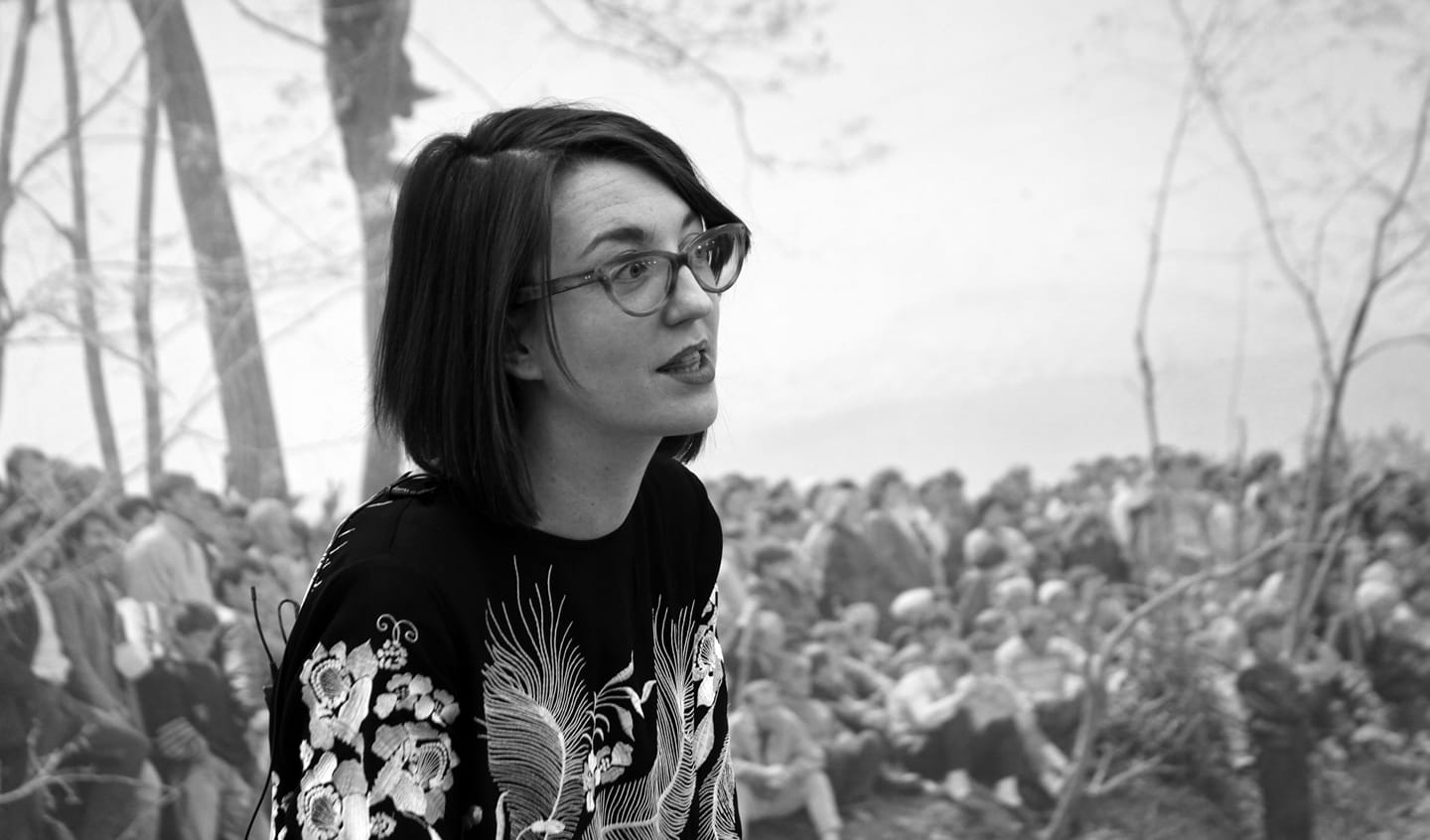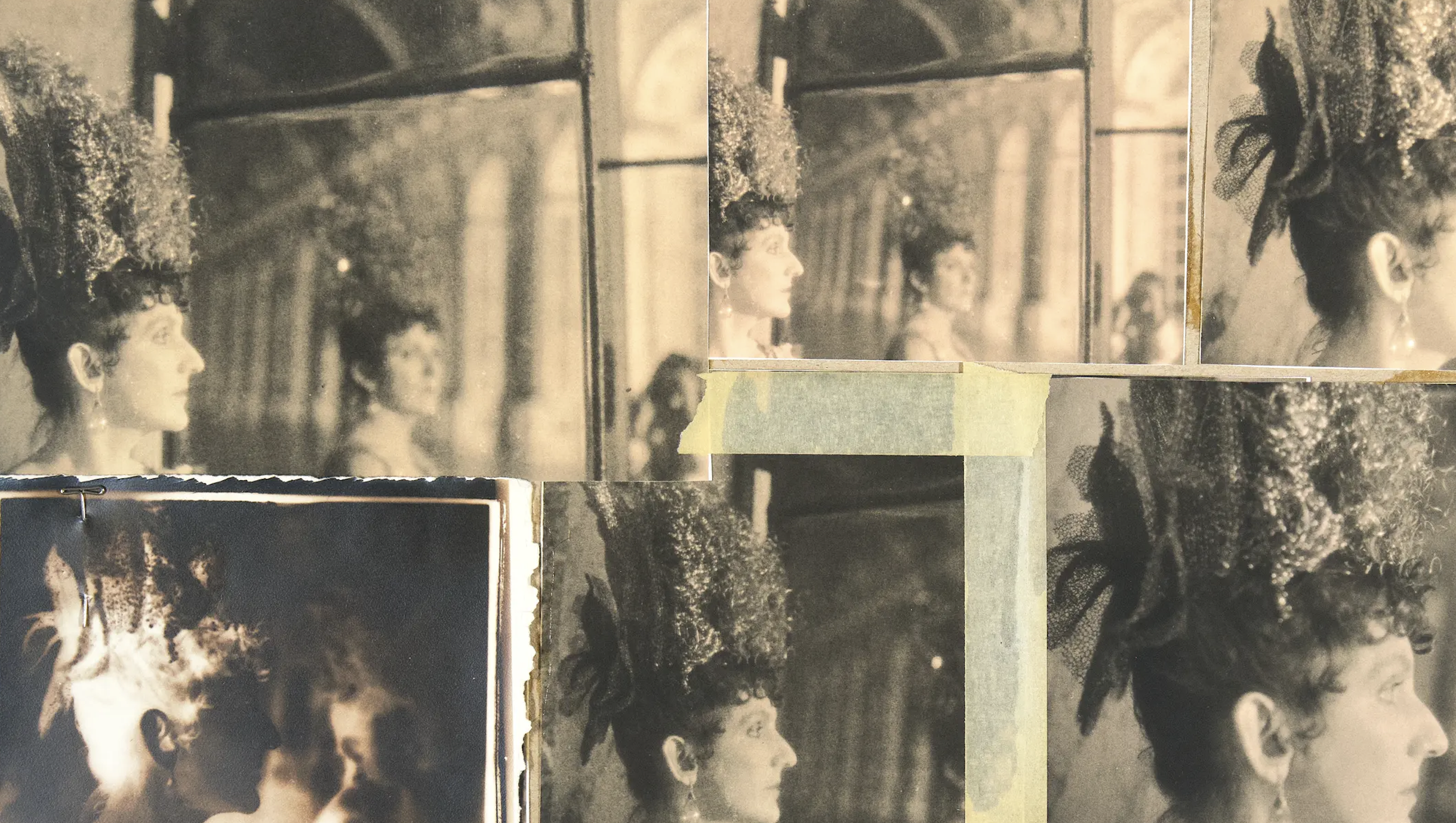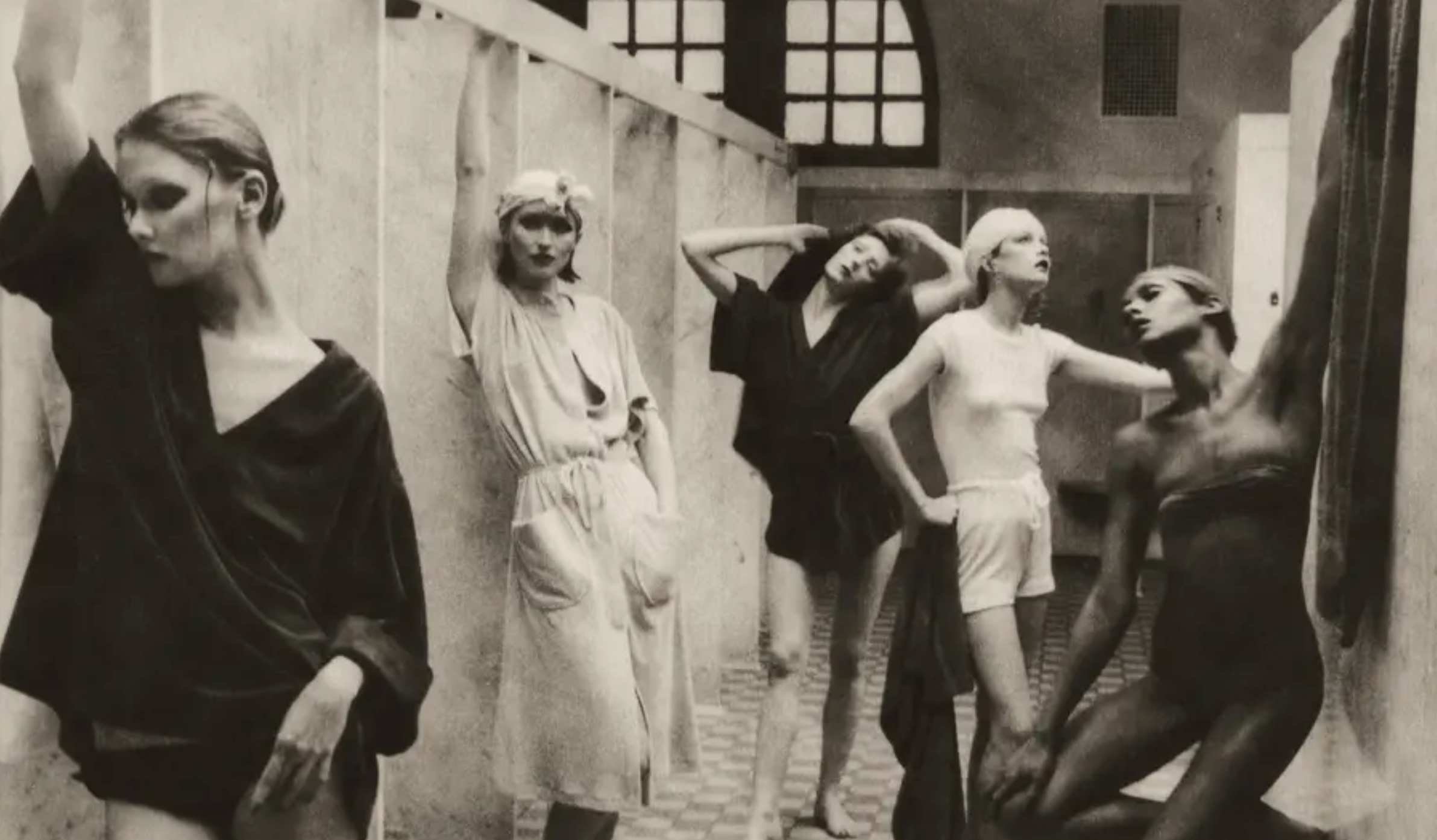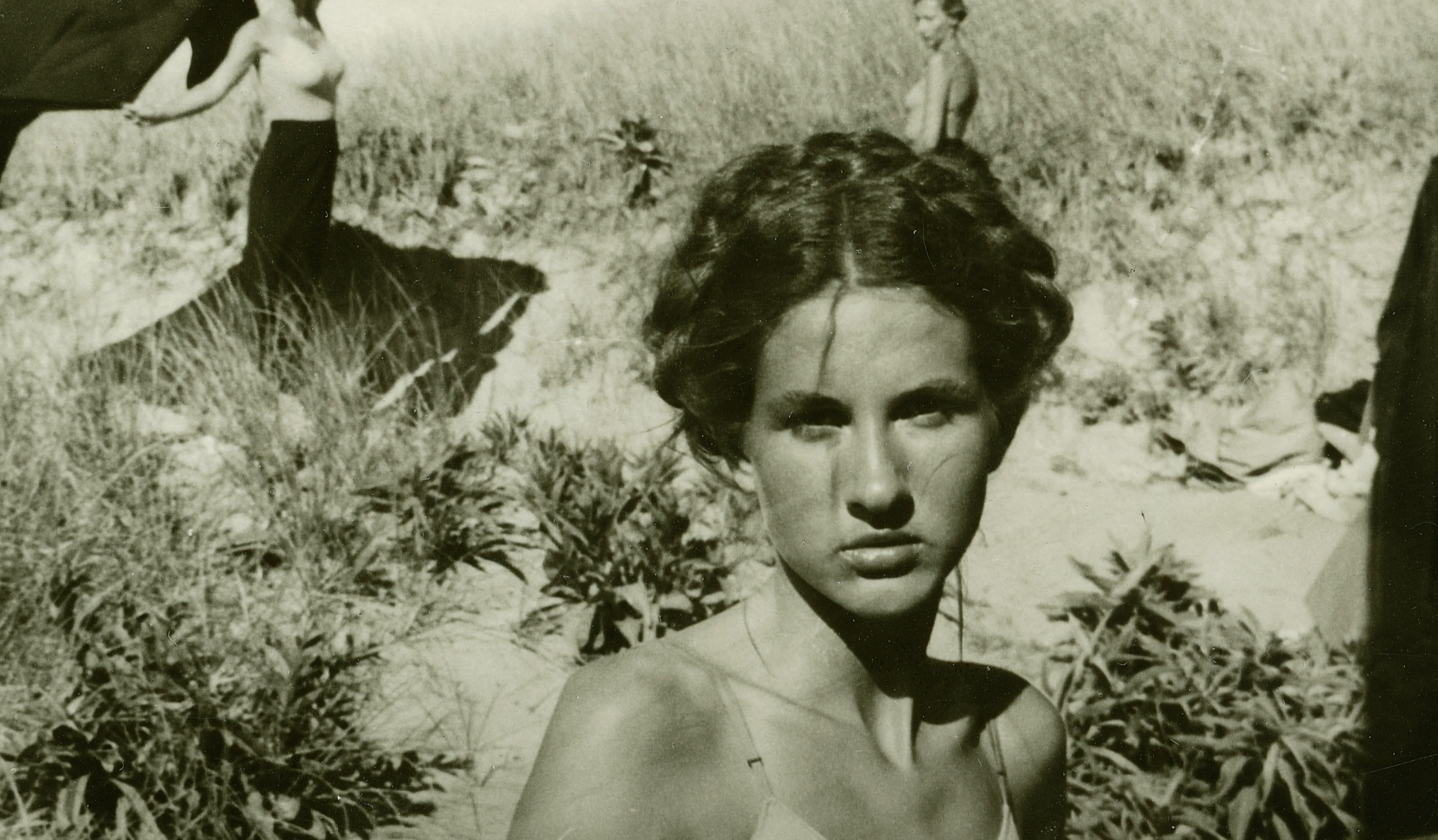
Karen McQuaid is the Senior Curator of London's The Photographers’ Gallery. We sat down to talk about a current Turbeville exhibition, the future of photography and Felicity Hammond...
Hi Karen, when did you first come across the work of Deborah Turbeville?
I devoured fashion magazines in my late teens and early twenties, and regularly read Italian Vogue in the early 2000s. Turbeville shot a lot for the magazine when Franca Sozzani was the editor. I read much later about the Bathhouse series and the controversy it caused. I joined the dots to connect that work from the mid-70s to the photographer whose moody atmospheric work regularly stood out to me in the pages of Italian Vogue. I was in awe of how distinctive her work was, and how she sustained her own vision across a near forty-year career.

Could you share a personal favourite photo from the collection? Why do you like it?
Turbeville shot a Comme des Garçons spread for Italian Vogue in 1981. There is a tiny print from this shoot that opens our exhibition at The Photographers’ Gallery. To see the designs of Rei Kawakubo’s, folded into Turbeville’s creative universe was a real surprise to me. The structured silhouettes synonymous with Comme des Garçons are much more associated with a minimalist aesthetic, yet here we see models ethereally descending an atmospheric, decorative staircase.
Turbeville was pivotal in transforming fashion photography into an art form. Why was this important for the medium?
Fashion is built on seasonal change, which we now see as very unsustainable. Fashion photography visualises every season differently; constant change is built into the system. By contrast, across fashion seasons, decades, and different types of commissions, Turbeville produced work that looked unquestionably hers. Whether she was shooting for Valentino or for Bloomingdales, or working on a collage for herself, her aesthetic approach was stubbornly her own.
It takes a unique vision to build a career on an output that is so distinct from what your peers are doing. Turbeville refused to bend with the tides of fashion. She had such a singular vision for her work, and she made no distinction between commercial and personal, she was completely uncompromising.

The Photographers’ Gallery explores ‘how photography is 'radically changing the world’. What does the future look like?
We’ve looked at the increasingly automated and networked nature of photography at The Photographers’ Gallery since 2012. We’ve run multi-platform interrogative programmes looking at data sets, machine learning, augmented reality, algorithms and the hidden labour that holds up the internet. With the Centre for the Study of the Networked Image at South Bank University, we run a programme of collaborative PhDs, so the Gallery is always examining the cultural practices and politics that come alongside technological developments that push photography forward.
You can read more at unthinking photography.

Can you please share something that’s caught your eye (in a good way) in the UK creative/ art scene recently?
I’m just back from Brighton where I saw the first iteration of Variations, a four-part exhibition by Felicity Hammond @flisshammond which explores the relationship between geological mining and data mining. Each part of the project feeds into the next so I’m excited to see how it develops. We will show the third iteration - Model Collapse - here at The Photographers’ Gallery next summer.
Learn more about Deborah Turbeville: Photocollage.
Learn more about The Photographers' Gallery.